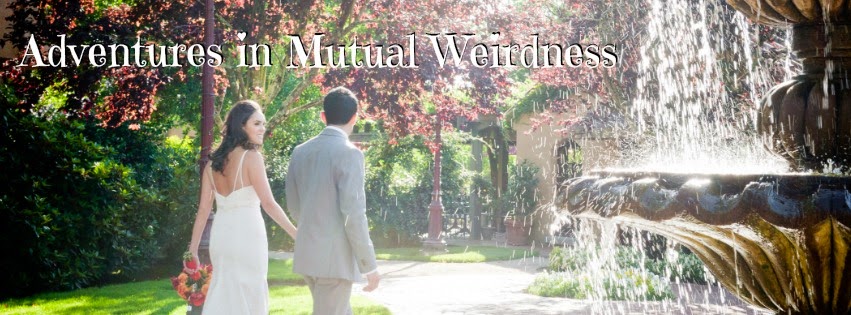We learned of Sao Tome back in October 2014 when we spent a weekend in Lisbon, Portugal. The board listed our flight's destination as Sao Tome so we thought we were at the wrong gate. Come to find out the flight from Lisbon to Sao Tome stops briefly in Accra... so there you have it. It's by far the cheapest flight we've booked while living in Africa and we booked a hotel in Sao Tome using points from the chain that we "lived in" while in Maputo, Mozambique last year. Such a deal!
Our flight left late afternoon on Friday, getting us into Sao Tome around 5pm. We actually buzzed the tower on the landing, which prompted a good Top Gun reference. Turns out the runway is not very long and we didn't come down at the right angle in order to be able to stop in time so Mr. Pilot had to pull back up, circle around and try again. Success on attempt number two, followed by immigration, a quick shuttle ride to the hotel and a sprint off the bus to check in before the masses. Our vacation was underway. We changed clothes and went down to the bar to watch some soccer and have an appetizer before dinner. There was a barbeque buffet at the hotel so we sat outside with the ocean breeze and had dinner and some Portuguese Douro wine, and then we cried in remembrance of what good wine tastes like. We got tired (actually I got tired) so we went to sleep at a reasonable hour after a long day of work and travel.
View from our room
 Saturday morning, we woke up and went down for breakfast. Found some pool chairs on the ledge of the pool... the ones that when you sit down, your bum is actually in the water. Ah, yes, this is the life. Busted out our books, slathered on the sunscreen and just relaxed. A few hours later, we went in for a quick nap, showered, and decided to venture out for some lunch and a walk into town. We found a place that got good reviews, and the name Papa Figo has a soft spot in our hearts. Back in Maputo, we used to visit a tapas place called A Esquina. The first time we went, we ordered a nice bottle of red called Papa Figos. This became our wine of choice at the restaurant, which resulted in Dan being dubbed "Papa Figo" by the waiters.
Saturday morning, we woke up and went down for breakfast. Found some pool chairs on the ledge of the pool... the ones that when you sit down, your bum is actually in the water. Ah, yes, this is the life. Busted out our books, slathered on the sunscreen and just relaxed. A few hours later, we went in for a quick nap, showered, and decided to venture out for some lunch and a walk into town. We found a place that got good reviews, and the name Papa Figo has a soft spot in our hearts. Back in Maputo, we used to visit a tapas place called A Esquina. The first time we went, we ordered a nice bottle of red called Papa Figos. This became our wine of choice at the restaurant, which resulted in Dan being dubbed "Papa Figo" by the waiters. We ordered one plate of "frango" (chicken), a "peixe grelhado" (grilled Joe Pesci.. wait, no, grilled fish) and beers and took a seat at an outdoor table. Lunch was tasty and after paying, we headed out for a post-lunch jaunt into town. Town was... disappointing. Surprisingly, nothing was open on a Saturday afternoon. We wandered for awhile, eventually gave up and took a different walking route back to the hotel.
For dinner, Dan had a crab salad appetizer and we both had some steak. After dinner, we sat outside for a bit and then walked to the "Beach Club", a nightclub/bar that is adjacent to the Pestana Sao Tome hotel. They had a nice outdoor patio, so we sat, listened to the waves, completely lost track of time... all the things you should do on a vacation.
Sunday morning, we reunited with our pool chairs and soaked up more of the Sao Tomean sun. The hotel granted us a late checkout, so we lounged until we needed to go get cleaned up and pack. After checking out, we found a table in front of a soccer match and ordered two prego no pao (steak sandwiches) and some white wine. After indulging in the last of our good beef and wine, we boarded the shuttle back to the airport for the flight home.
On Monday, I planned to work a half day... which somehow turned into a full day. Dan ran some errands for me and brought home some tasty lunch takeout. And just like that... the calendar flipped to May. 20 months down on this crazy adventure, 4 remaining...









































